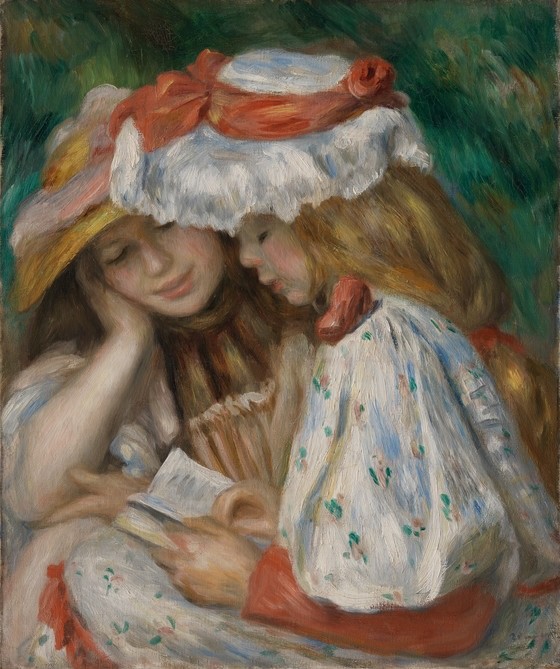Differentiation, a great concept, has become a buzz word these days. It seems to mean many different things to many different people. Reading supervisors and coordinators frequently tell me about their dissatisfaction with the huge amount of whole-class teaching going on. I’ve even seen principals who have tried to increase differentiation by forbidding the use of reading textbooks (you can’t follow something lock-step with all of the kids if you don’t have anything to follow).
I certainly agree that a steady diet of whole-class instruction is almost certain to lose somebody. Kids learn at different speeds; they get confused or phase out and miss key information; they are absent, and so on. There clearly need to be adjustments to what teachers do in order to meet kids’ needs. Even agreeing with the notion that some educational adjustments need to be made for individual differences, I often feel a pang of discomfort when I hear the complaint about the lack of differentiation.
Like the teachers who they criticize, far too many supervisors lack a clear conception of what differentiation is or what it should look like. That means when a teacher is delivering a bunch of mini-lessons and sticking kids into different books, these supes are satisfied… even when the instruction is still inappropriate and ineffective. The idea is to give the greatest amount of effective teaching to the largest number of kids; not to lock into any set of procedures without ongoing attention to the effectiveness of these procedures.
That a teacher is spewing a bunch of different lessons does not guarantee “differentiation.” Mandates that teachers employ centers, small groups, flexible groups, or mini-lessons prescribe symptoms rather than effects.
There are two basic kinds of differentiation: curriculum differentiation and instructional differentiation. They are both important, but they play out in different ways in terms of what teachers need to do or how pressed for time they might be in their classroom.
Curriculum differentiation includes increasing or decreasing the emphasis on particular aspects of the curriculum for some kids and not others. In reading this could entail giving greater attention to fluency or phonics for kids who are struggling to learn these skills. Everybody would get some amount of such instruction, but there could be adjustments to increase or decrease how much depending on how students are doing. Curriculum adjustments would also include putting kids in a harder or easier book to practice reading (this approach is often what teachers assume differentiation to be and they often can’t figure out how to handle multiple books).
Instructional differentiation includes adjusting the amount of instruction or the intensity of instruction (how the lessons are delivered). Even when teachers are predominately giving whole class lessons, if they pay attention to how the students are doing they’ll have to notice that some kids are getting what is being taught and some are not. Responding to this immediate difference by giving those who are succeeding some seatwork or extra practice, while offering more direct interaction and support to those who aren’t getting it is a sound differentiating response. Another change might be to make sure that certain kids have chances to respond during the lesson is appropriate, too.
Teachers should know how to differentiate both in terms of curriculum and instruction (and these adjustments to teaching can look pretty different). And, to make either work, they need to be able to evaluate—as they teach—how well children are doing. If you cannot discern which kids understand and which do not, appropriate differentiation is impossible.






Comments
See what others have to say about this topic.